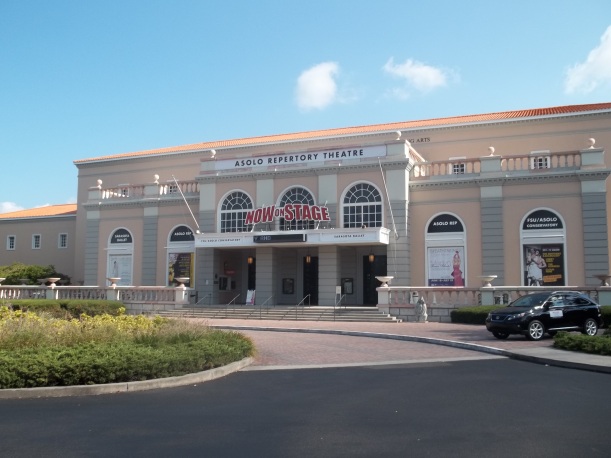Commercial real estate is classified under several forms of aesthetics. Generally, commercial properties are divided into three classes: Class A, Class B, and Class C.

Class A commercial real estate developments are considered the best buildings in terms of aesthetics, age, quality, and built-in infrastructure, as well as location. This can be your five-star hotel, a mall, or an office building that’s regarded as the best in its category. These properties are also highly expensive in terms of sale or rental.
Class B commercial real estate buildings are not as competitive price-wise compared to Class A establishments. These are older buildings that investors may want to renovate or restore. These could be previously Class A commercial real estate properties that have lost some of their value over time due to aging infrastructure, design, and amenities. Their location is also not as exquisite as Class A but still remain reputable.
Class C commercial real estate properties are usually the oldest, with some older than 20 years. These properties are also not in prime locations and are in need of major renovations or constant maintenance. Others dub Class C commercial real estate as everything else that is not Class A or B.
Apart from these classifications, commercial real estate can also be divided by their use. In this category, we have office properties, industrial properties, retail, multifamily, hotel, and land-based properties.

Randy Benderson is the president of Benderson Development, a venture his father, Nathan Benderson, established in New York over 60 years ago. Randy is passionate about pursuing all the opportunities before him. For more insights on commercial real estate, follow this Twitter account.












